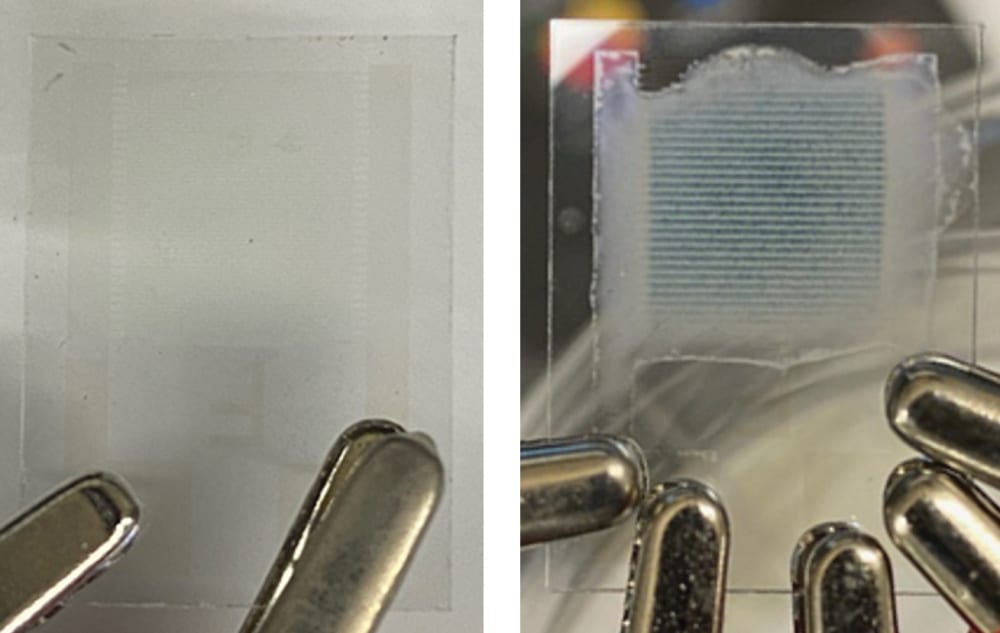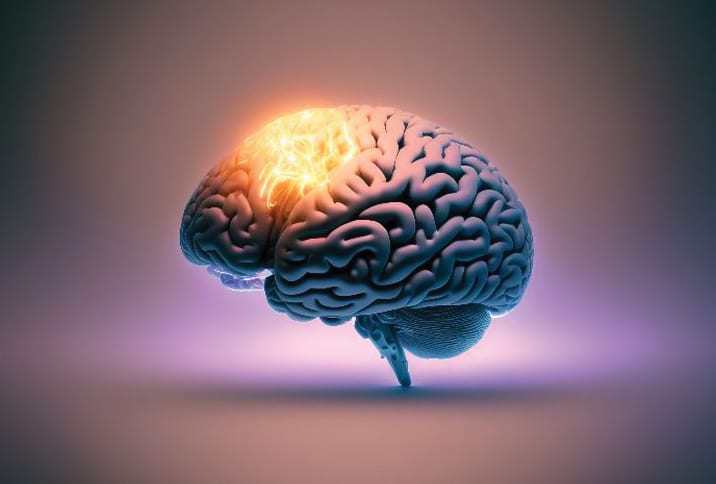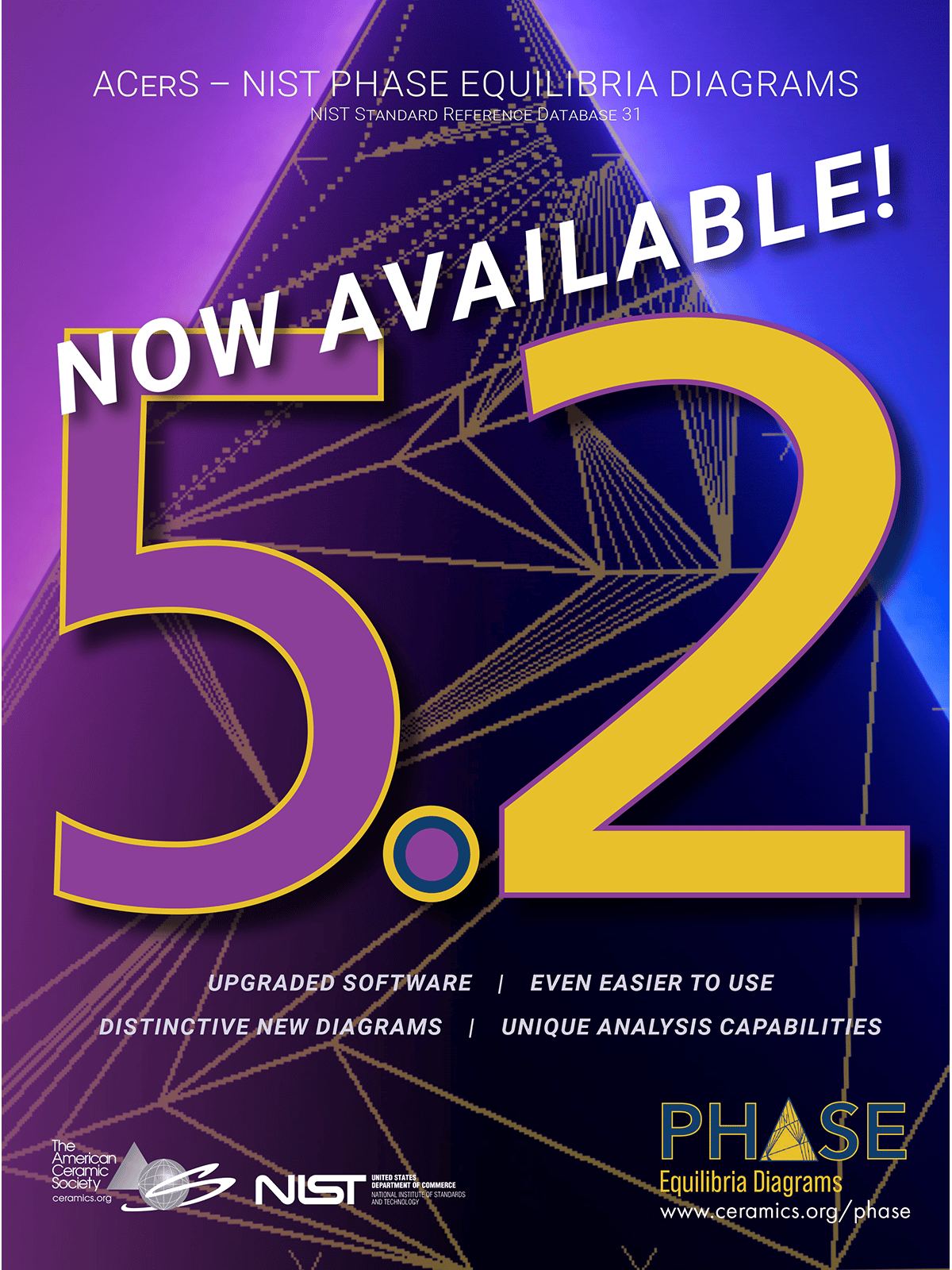departments
CERAMICS IN Biomedicine
Research News
New catalyst unveils the hidden power of water for green hydrogen generation
An international, multidisciplinary team developed a new catalyst that, for the first time, achieves stability in proton-exchange-membrane water electrolysis at industrial conditions without the use of iridium. To obtain the catalyst, the team looked into cobalt tungsten oxide (CoWO4). Based on this starting material, they designed a delamination process using basic water solutions whereby tungsten oxides would be removed from the lattice and exchanged by water and hydroxyl groups in a basic environment. This process could be tuned to incorporate different amounts of water and hydroxyl groups into the catalyst, which would then be incorporated onto the anode electrodes. Visit the website for more information.
Researchers leverage shadows to model 3D scenes, including objects blocked from view
Researchers from Massachusetts Institute of Technology and Meta introduced a method that creates physically accurate 3D models of an entire scene, including areas blocked from view, using images from a single camera position. Their technique combines LiDAR (light detection and ranging) technology with machine learning and uses shadows to determine what lies in obstructed portions of the scene. In addition to improving the safety of autonomous vehicles, the method could make augmented/virtual reality headsets more efficient by enabling a user to model the geometry of a room without the need to walk around taking measurements. Visit the website for more information.
Toward wider 5G network coverage: Novel wirelessly powered relay transceiver
Tokyo Institute of Technology researchers designed a novel wirelessly powered relay transceiver for 28 GHz millimeter-wave 5G communication. The proposed transceiver consists of 256 rectifier arrays with 24 GHz wireless power transfer. These arrays consist of discrete integrated circuits, including gallium arsenide diodes, and baluns, which interface between balanced and unbalanced signal lines, DPDT switches, and digital integrated circuits. Notably, the transceiver is capable of simultaneous data and power transmission, converting 24 GHz WPT signal to direct current and facilitating 28 GHz bi-directional transmission and reception at the same time. Visit the website for more information.
First ‘ghost particle’ image of Milky Way
From visible starlight to radio waves, the Milky Way galaxy has long been observed through the various frequencies of electromagnetic radiation it emits. Now, researchers have obtained the first-ever neutrino-based image of the Milky Way using the U.S. National Science Foundation-supported IceCube Neutrino Observatory in Antarctica. Drexel University physicist Naoko Kurahashi Neilson proposed the innovative computational analysis used to generate the image and received funding to pursue her idea through a grant from NSF’s Faculty Early Career Development program. Visit the website for more information.




